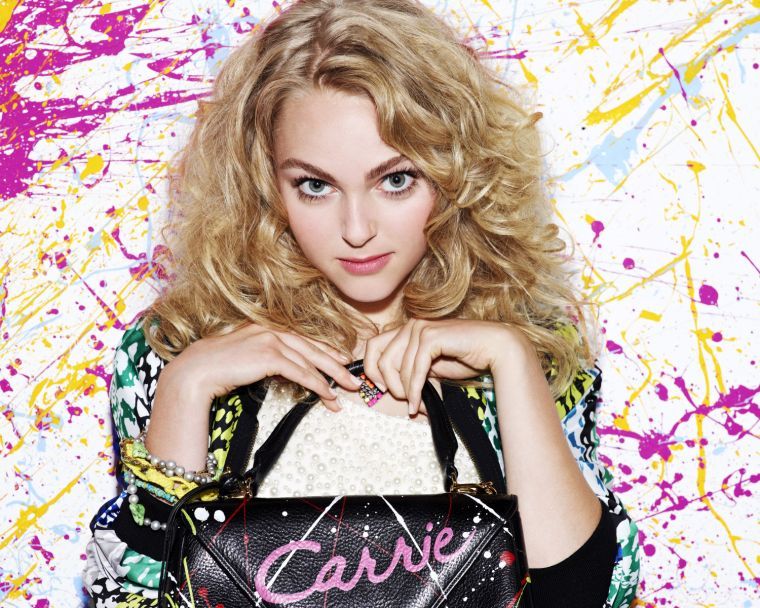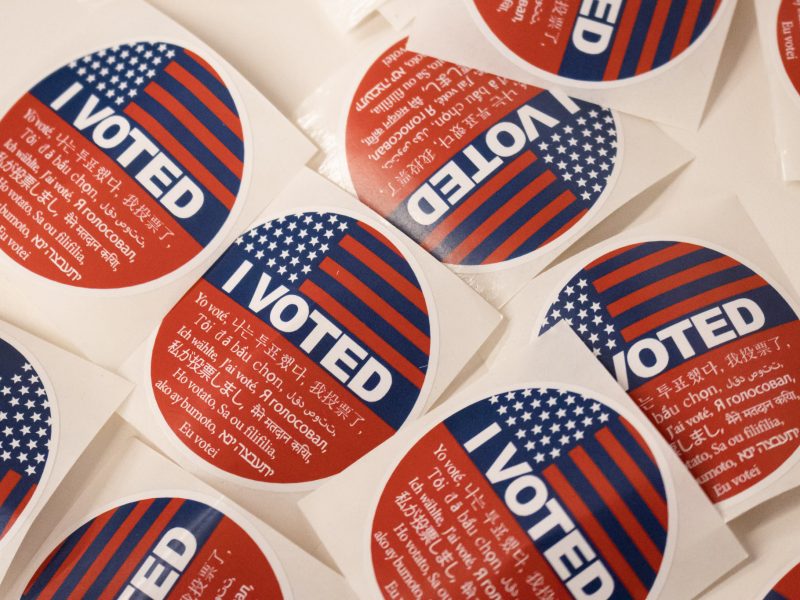
The Carrie Diaries
As the fall chill sets in, we are forced back indoors and faced with our television screens. Thus, autumn ushers in a flux of new and returning television shows, including one of my favorites: The Carrie Diaries. Based on the young-adult novel penned by author Candace Bushnell, The Carrie Diaries is a prequel to the classic television series Sex and the City.
According to the series’ tagline, The Carrie Diaries follows protagonist Carrie Bradshaw “before there was sex, before there was the city” as she balances high school, boyfriends and her job working for the style editor at Interview magazine. Despite its 1980s setting, The Carrie Diaries is very relatable to a contemporary audience. In a way, The Carrie Diaries fills the niche that Sex and the City left open after its sixth and final season in 2004 as a series in which the audience can live vicariously through its flawed, down-to-earth main character.
To be honest, I am surprised audiences have warmed up to the young Carrie Bradshaw of The Carrie Dairies. Though actress AnnaSophia Robb captures the essence of the Carrie she will eventually become, fans have to keep in mind that she is playing a PG-13 version of her. The discrepancies between old and young Carrie are numerous: their values, jobs, the way they each approach conflicts, their views on sex and most importantly, what each version represents to its respective generations. Sex and the City Carrie Bradshaw was the embodiment of the fashionable, forward, single woman of the new millennium; Carrie Bradshaw of The Carrie Dairies has been doused in the vintage glamour the current generation craves, in addition to being given a certain air of nostalgic naivete that makes us yearn for the glory days of high school. The two have left me wondering: Which Carrie can audiences identify with the most? Has the identity of the modern, sexy woman changed? Is society promoting one version of Carrie over the other?
Perhaps young Carrie and old Carrie are each like a pair of Manolo Blahnik heels. Young Carrie is the vintage pair; she has classic values with an edge of 1980s flair. She cares deeply for her family and watches out for her little sister in the absence of their recently deceased mother. She is sexually conservative and does not give into her rash passions like Sex and the City Carrie. In the episode “Caught,” she even breaks up with her boyfriend when she realizes his only intent is sex. Young Carrie is also fashionable in a way that is compatible with modern times; despite the 30-odd years between 2013 and the 1980s, I still envy young Carrie’s wildly patterned, neon wardrobe when I watch the show.
On the other hand, old Carrie is the brand-new pair; she carries a breath of fresh air (or is it that the scent of new shoes?) with her as she struts her stuff on the streets of Manhattan. Her life revolves around fashion, friends, sex and reaping all the benefits New York City has to offer. She is an adult without restrictions; she can date whomever, wear whatever and write anything in her column, “Sex and the City.” However, the greatest aspect of old Carrie’s personality is her sense of sexual freedom, proving within the first episode of Sex and the City that any woman can “have sex like a man.”
Each version of Carrie possesses facets that compose the modern woman’s identity. In fact, society is calling for a blend of each Carrie’s personalities, paired with a set of ever-changing values. Women should adopt Sex and the City Carrie’s traits that promote feminism, healthy friendships and relationships, but maintain a sense of young The Carrie Diaries Carrie’s traditionalism.
At the same time, women need to keep their minds open; each generation defines sex appeal in a different way, and in today’s day and age, femininity does not always directly translate into sexiness. Women should be encouraged to try each version of Carrie on at will to see which aspects of her best fit them. After all, whether the shoe is vintage or new, it can still be mixed and matched to create the perfect outfit.



